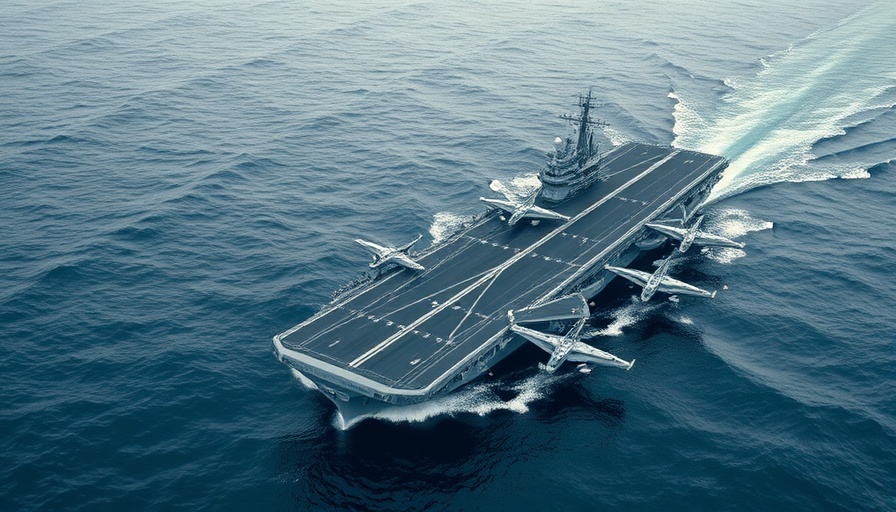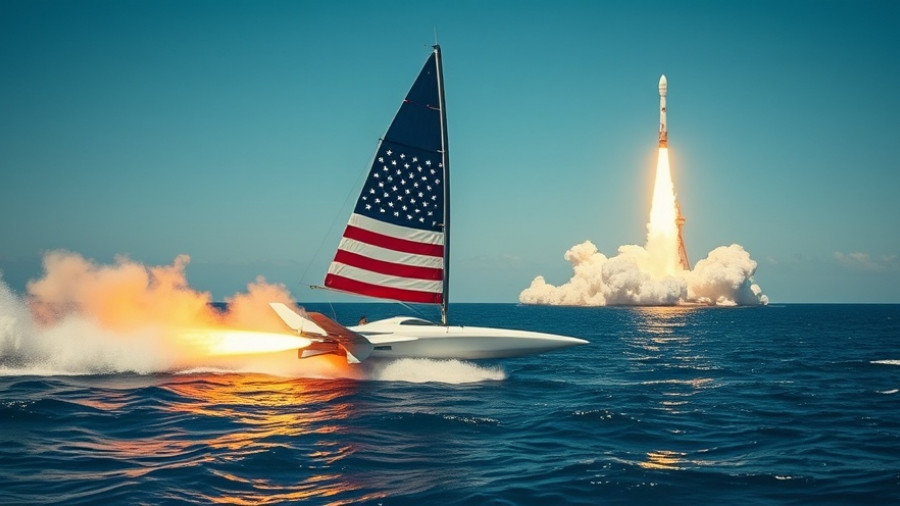
The Resilient State of Naval Aviation Standouts
In a major boost for U.S. military preparedness, naval aviation has reached its highest state of readiness in years, proclaimed Vice Adm. Kenneth Whitesell, the Commander of Naval Air Forces and Navy’s ‘Air Boss’. This pivotal moment underscores not only the evolving dynamics of military strategy but also the tireless efforts of individuals behind the scenes who ensure that naval aviators are well-equipped to face contemporary challenges.
Highlighting the Heroes: Ground Support and Their Impact
It's crucial to recognize the unsung heroes who contribute to this success story—those on the ground including mechanics, trainers, and logistics personnel. Their dedication and craftsmanship ensure that aircraft are combat-ready, underscoring the collaborative spirit intrinsic to military operations. Veterans and enthusiasts alike often overlook these pivotal roles that ensure that the demands of naval aviation are met, and the moral of camaraderie is maintained.
Historical Context: Lessons From Past Readiness Levels
The significance of this current state of readiness is also rooted in historical context. The military has witnessed varying levels of readiness, often shaped by budget constraints, changing geopolitical landscapes, and the evolving machinery of war. The recent improvements reflect lessons learned from past conflicts where lack of preparation led to dire consequences. Historical trends emphasize the necessity of maintaining a well-oiled and ready air force, encouraging today’s leaders to prepare for unforeseen scenarios.
Current Events: A Catalyst for Investing in Readiness
What makes this moment particularly pertinent is the current global climate characterized by rising tensions in various regions. This readiness is not merely a statistic; it’s a response to a complex web of international relations, indicating a clear acknowledgment from military leaders about the necessity of maintaining superior air capabilities. As geopolitical challenges arise, the ability for prompt and effective responses becomes more crucial, making this elevated readiness a strategic imperative.
Insights and Future Trends: What Lies Ahead?
The trajectory of naval aviation points towards increased investments in both technology and personnel. Future trends suggest a greater emphasis on integrating advanced technologies like AI and autonomous systems which could redefine aerial operations. As the U.S. Navy navigates the high seas of digital transformation, the enhancement of combat readiness may rely heavily on innovations designed to amplify effectiveness while incorporating significant manpower development efforts.
As we honor the contributions of naval aviation and its supporting teams, it's paramount to reflect on these advancements and stay engaged in the dialogue surrounding military readiness. Understanding the complex dynamics at play not only gives us insight into national security but fosters a stronger appreciation for the public servants dedicated to protecting our freedoms.
 Add Row
Add Row  Add
Add 




Write A Comment